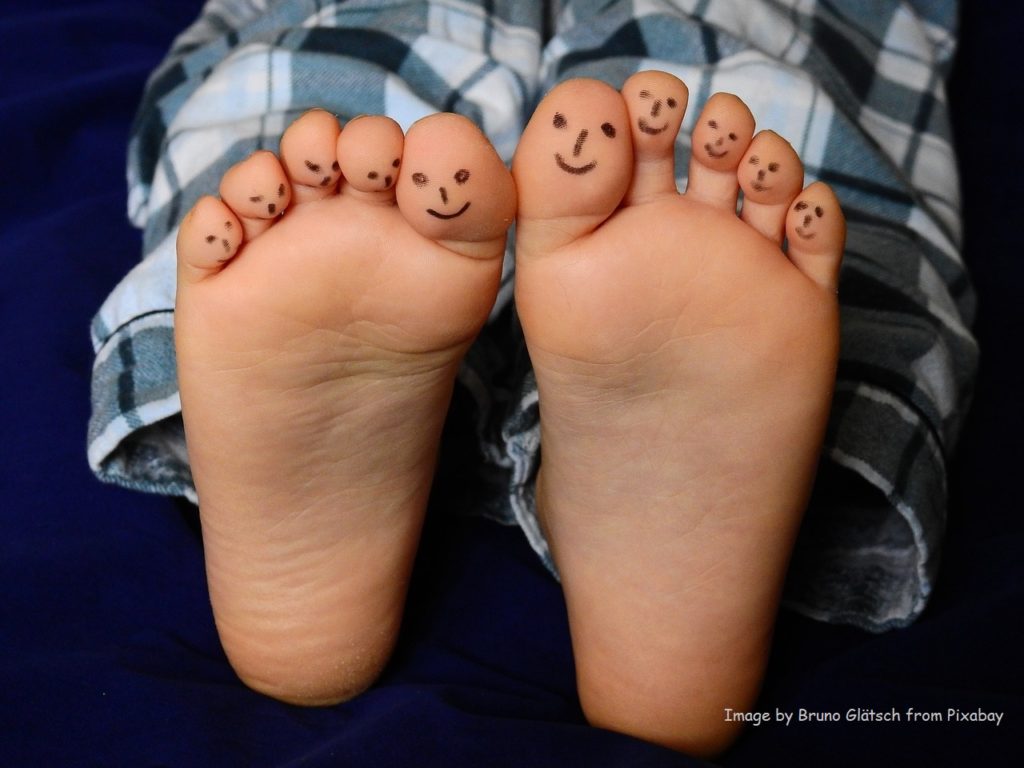Rotten News: A Salmonella Story

Non-typhoidal Salmonella usually causes fever and crampy diarrhea. This stomach bug mainly lurks in raw poultry, raw eggs, raw beef, and unpasturized dairy products. Luckily, salmonella does not jump up and attack humans. People are safe from disease as long as they do not eat salmonella-infested food.
In the case of my pot of rotten chicken, the obvious stench warned me that it was inedible. However, salmonella often hides in food and it is difficult to tell what is or is not contaminated. A perfectly fine looking egg may harbor the germ. Even before this outbreak, the Centers for Disease Control estimates in the United States as many as 1 in 50 people are exposed to a contaminated egg each year.
Luckily salmonella is killed by heat and bleach. Even if an egg has salmonella, adequate cooking will destroy the bacteria. Gone are the days when parents can feed kids soft boiled eggs in a silver cup, have kids wipe up with toast the yolk from a sunny-side up egg, or add a raw egg to a milkshake. Instead, cook your hardboiled eggs until the yolks are green and crumble, and tolerate a little crispness to your scrambled eggs. Wash all utensils well. The disinfecting solution used in childcare centers of ¼ cup bleach to 1 gallon water works well to sanitize counters. Do not keep perishable food, even if it is cooked, out at room temperature for more than two hours.
A mom once called me frantic because her child had just happily eaten a half-cooked chicken nugget. What if this happens to your child? Don’t panic. Watch for symptoms — the onset of diarrhea from salmonella is usually between 12 to 36 hours after exposure but can occur up to three days later. The diarrhea can last up to 5-7 days. If symptoms occur, the general recommendation is to ride it out. Prevent dehydration by giving plenty of fluids. My simple rule to prevent dehydration is that more must go in than comes out.
According to the American Academy of Pediatric’s 2009 infectious diseases report, antibiotic treatment may be considered for unusually severe symptoms or if your child is at risk for overwhelming infection. People at high risk for overwhelming disease include infants younger than three months old and those with abnormal immune systems (cancer, HIV, Sickle Cell disease, kids taking daily steroids for other illnesses). Using antibiotics in a typical case of salmonella not only promotes general antibiotic resistance, but in fact does not shorten the time frame for the illness. Also, the medication can prolong how long your child carries the germ in his stool.
I ended up tying the chicken up, pot and all, in a plastic grocery bag and throwing out the whole mess. Don’t tell my husband, he is the kind of guy who gets annoyed because I throw out germy sponges on a frequent basis. If he knew, he’d probably want me to at least keep the pot. Yuck.
Naline Lai, MD with Julie Kardos, MD
©2010 Two Peds in a Pod℠

 Well it finally happened. The day all mothers with daughters regard with mixed feelings. No, I’m not talking about my daughter’s first period. Today I discovered that my oldest daughter’s foot size is the same as mine.
Well it finally happened. The day all mothers with daughters regard with mixed feelings. No, I’m not talking about my daughter’s first period. Today I discovered that my oldest daughter’s foot size is the same as mine.